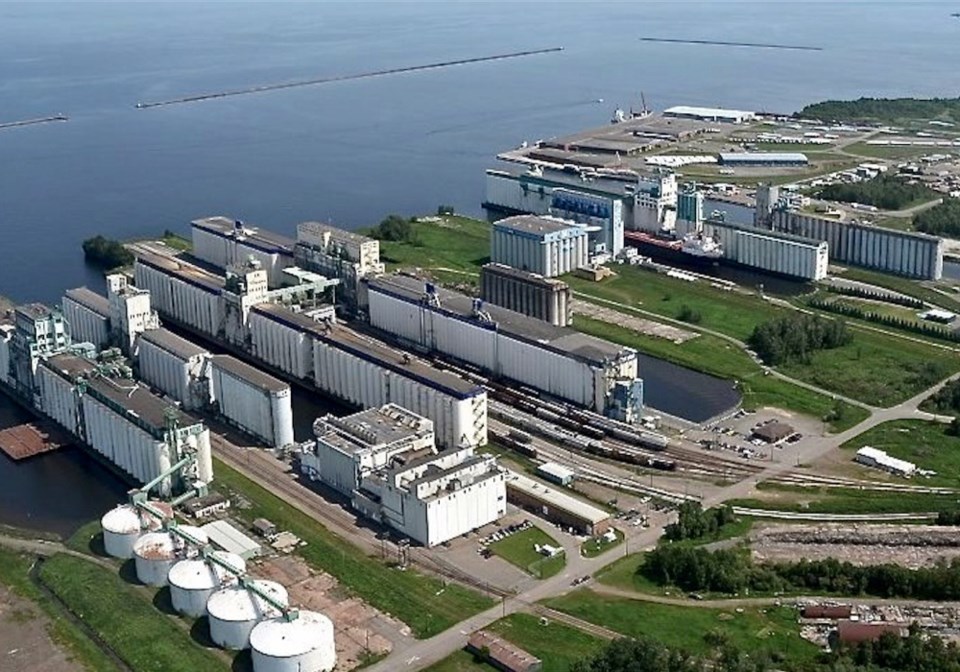THUNDER BAY — Vessels that typically come to Thunder Bay are on standby.
It’s a residual effect as the St. Lawrence Seaway, which has work sites in Ontario and Quebec, shut down Sunday as a result of hundreds of workers walked off the job.
Port of Thunder Bay CEO Chris Heikkinen said there is a negative impact on the port for every day that the strike carries on.
“The grain elevators would be ceasing up to load vessels as those vessels dry up in the system,” Heikkinen said. “There is a provision in the Canada Labour Code, and I know that [there has been action to apply to] the Canada Industrial Relations Board to seek a ruling on continuing the movement of grain. But we haven't heard the results of that ruling yet.”
The Canada Labour Code states that grain shipments through licensed terminals must continue during a work stoppage.
The ruling efforts were filed on Sunday by the St. Lawrence Seaway Management Corporation to the Canada Industrial Relations Board to ensure that grain can continue to move through the Seaway.
On Monday, the Ontario Marine Council called on the federal government to take action to end the strike, saying there are 100 vessels directly affected by the job action with an economic cost of millions of dollars per hour.
The Unifor union represents approximately 360 workers across five local chapters in both provinces.
“Every day that the strike continues is damaging for the system, but also for our Western Canadian counterparts who are producing grain and other commodities," Heikkinen added. They rely on the seaway for shipping. [Needless to say, the longer this drags on] the impact will get worse.”
The union states that they remain "1,000 nautical miles apart" from management on wages, and that it was up to the employer to avoid any transit disruption.
— TBnewswatch




